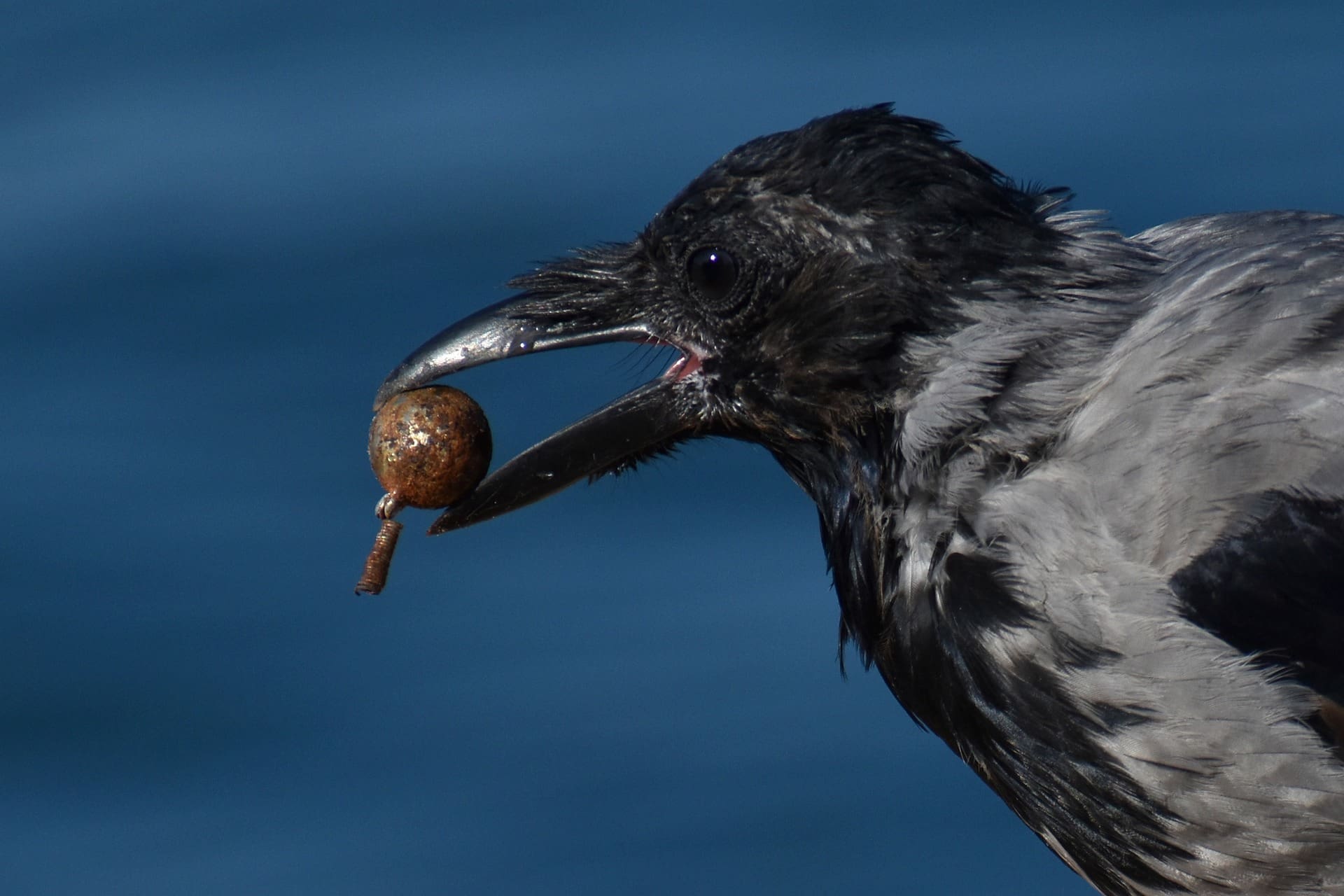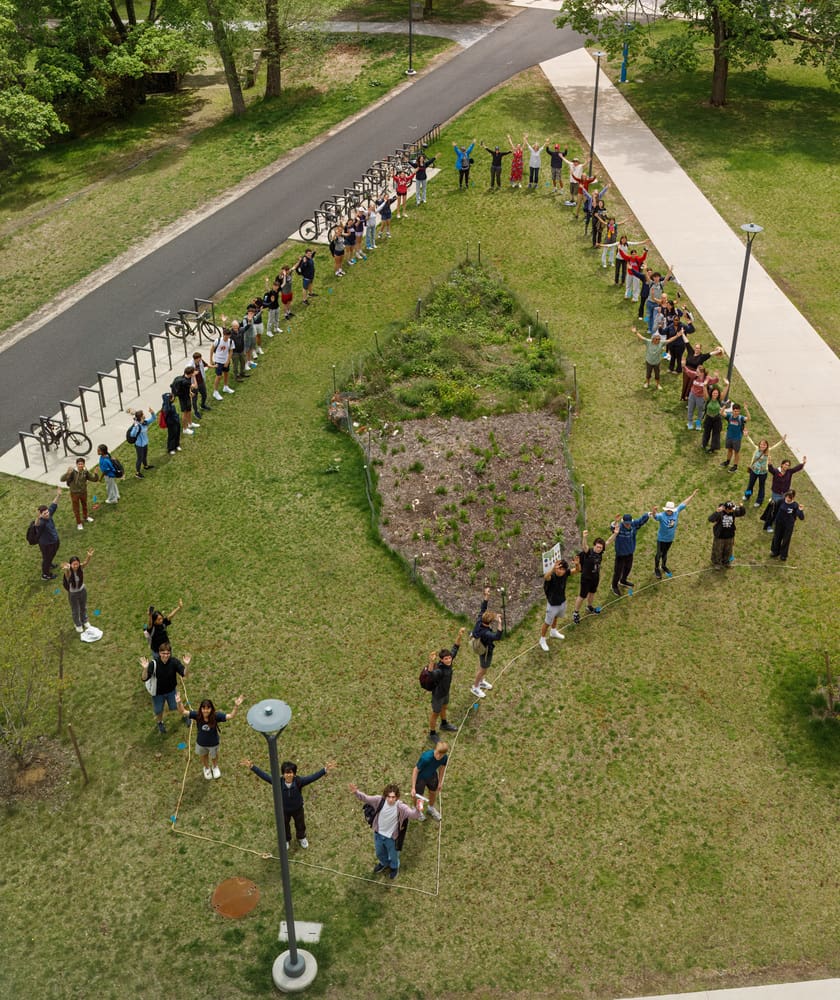What common bird possesses an uncommon intelligence, including diversified communication, excellent memory, and a talent for mathematics?
The crow!
Crows, members of the Corvus genus, stand out as some of the most intelligent and adaptable birds on the planet. These corvids include over 40 species, such as the American crow, hooded crow, and fish crow, and they inhabit diverse habitats ranging from dense forests to urban landscapes.
Known for their resourcefulness and problem-solving skills, crows have captivated scientists and observers alike with their remarkable behaviors. Crows continue to push the boundaries of how we understand animal intelligence, with recent studies on their tool use, awareness, and relationship to complex concepts gaining them well-deserved recognition and a place in the conservation conversation.

Crows are a fairly common sight in many parts of the world, with recognizable shiny black feathers and a familiar ‘caw.’ They are ground foragers with an incredibly diverse diet, ranging from insects and fruits to small animals and human food scraps. They tend to be associated with scavenging but are true omnivores, and can benefit soils and ecosystems by helping keep insect populations from surging out of balance. In urban settings, they are involved in flock feeding on human food scraps and garbage, and this adaptability to human environments means certain (though not all) species of crow maintain strong population numbers in the face of decreased access to natural habitat.
Communication and Complexity
While the crow ‘caw’ may seem like a simple call recognizable to many people, crow vocalization turns out to be quite differentiated. It has been discovered that among crows, groups form ‘dialects’ based on region. They also possess remarkable vocal mimicry skills, allowing them to imitate the sounds of other birds, animals, and even human speech. All of this allows the crow to engage in communication, social bonding, and strategic goals of deception and resource acquisition.
These crafty corvids possess a level of intelligence comparable to great apes and human children, allowing them to solve complex problems and even make and use tools. For instance, the New Caledonian crow, widely regarded as the most intelligent species among the corvid family, creates hooks and skewers from twigs to extract insects from crevices, showcasing their ingenuity. Researchers have studied crows’ usage of tools and observed that these birds will not only use pre-made tools or create simple combinations of tools in pursuit of their goal, but create multi-part composite tools, a behavior observed in only a few primates.
Famously, Aesop’s fables summarized long ago, “A thirsty crow wanted water from a pitcher, so he filled it with pebbles to raise the water level to drink.” Though the story is thousands of years old, these behaviors are still being studied and producing new insight today.

Some of the most fascinating recent inquiries into crow intelligence have probed crows’ sense of self-awareness, long-term gratification, playfulness, and their understanding of complex concepts. As a math lover, one of my favorites among these is a unique phenomenon – conceptualization of ‘zero’. While many animals are able to perform basic counting, zero is generally a trickier beast, one that was absent from many ancient human civilizations’ numerical systems. However, crows are among the very few animals that grasp this number.
Additionally, crows exhibit impressive memory skills and can recognize individual human faces, reacting differently to perceived threats than to harmless humans. They are even known for ‘holding grudges,’ or conversely, remembering favorable relationships with people for years at a time. The ability to remember and share information within families and flocks may provide them with a significant evolutionary advantage in protecting themselves from harm.
Birds of a Feather Flock Together
In addition to their intelligence and adaptability, crows exhibit fascinating social behaviors. They often engage in cooperative mobbing to fend off predators, perform elaborate aerial displays to attract mates, and maintain strong family bonds by living in cooperative family groups. While adult crows primarily socialize just with their monogamous mate (with whom they pair for life), young crows stay with their parents for the first two years of life, and juvenile crows live in highly social ‘juvenile gangs.’ One theory into crow intelligence suggests that their ingenuity is due to the relatively long period of time young crows spend with their parents and the learning this enables.
Some crows, like American Crows, are also known to flock in large groups in winter months, both foraging for food and roosting together. These roosts can range from a few hundred to up to two million crows, with some roosts forming in the same general area for well over 100 years. Moreover, crows hold “funerals” for deceased members of their community, demonstrating a level of social complexity often overlooked among animals.
Crows will even form bonds with other animals. Crows in the wild have been observed playing with young wolves, and forming mutual attachments with these other social and intelligent creatures. Of course, there are many stories of the relationships humans have forged with individual crows, forming patterns of exchanging food for gifts or receiving trinkets after showing an injured bird care. One charming crow, Tuck, who has spent his life in a bird sanctuary in Tennessee, shares a moving friendship with his primary human caretaker, and has even become a conservation ambassador:
While many human cultures have depicted crows with respect for their ingenuity, recent trends have given crows a bad rap, primarily for the disturbance they cause to crops (hence the need for ‘scarecrows’). Despite their reputation as pests, though, crows play a crucial role in ecosystems as efficient garden helpers and natural pest controllers. They feast on insect pests like caterpillars and beetles, disperse seeds, and maintain a healthy balance in the garden ecosystem. Some crow species face significant challenges to their survival, such as habitat loss, disease, and predation, and crucial conservation efforts are underway to protect endangered species like the Hawaiian Crow through habitat restoration and captive breeding programs.
Crows have been both feared and revered by humans throughout history, often associated with death, darkness, and supernatural powers. The term “murder of crows” reflects their association with death and darkness in folklore, although alternative names like “horde” or “parliament” better capture their intelligent and social nature without perpetuating negative connotations. And many cultures and people have great respect for the clever crow, with whom we have coexisted for thousands of years. Despite their complex relationship with humans, crows continue to fascinate and inspire awe, challenging our limiting notions of animal behavior.
For a deeper dive into crows and the insights they share on animal intelligence, check out this fascinating video and the sources below:
May we continue to learn from our animal kin,
Maya

Maya Dutta is an environmental advocate and ecosystem restorer working to spread understanding on the key role of biodiversity in shaping the climate and the water, carbon, nutrient and energy cycles we rely on. She is passionate about climate change adaptation and mitigation and the ways that community-led ecosystem restoration can fight global climate change while improving the livelihood and equity of human communities. Having grown up in New York City and lived in cities all her life, Maya is interested in creating more natural infrastructure, biodiversity, and access to nature and ecological connection in urban areas.
Sources and Further Reading:
https://www.iflscience.com/crows-once-again-prove-their-intelligence-by-showing-that-they-understand-zero-60069
https://bigthink.com/neuropsych/crows-higher-intelligence/
https://arstechnica.com/science/2023/12/what-happens-in-a-crows-brain-when-it-uses-tools/
https://www.allaboutbirds.org/guide/American_Crow/overview
https://www.trvst.world/biodiversity/crow-facts/
https://www.audubon.org/news/10-fun-facts-about-american-crow
https://www.audubon.org/news/a-funeral-crows
https://www.npr.org/2020/10/23/927088859/crows-are-they-scary-or-just-super-smart





crow hybrid bird